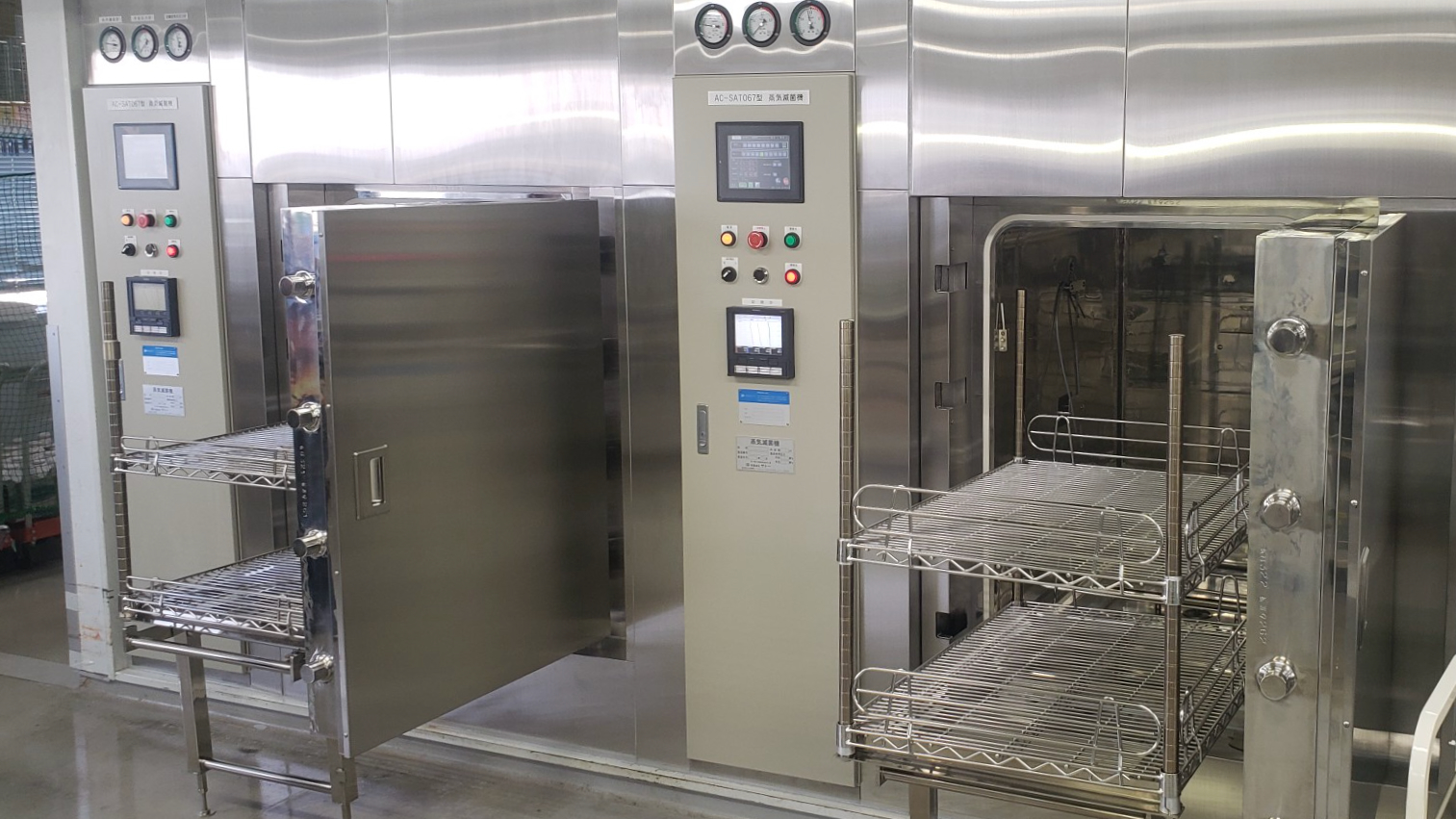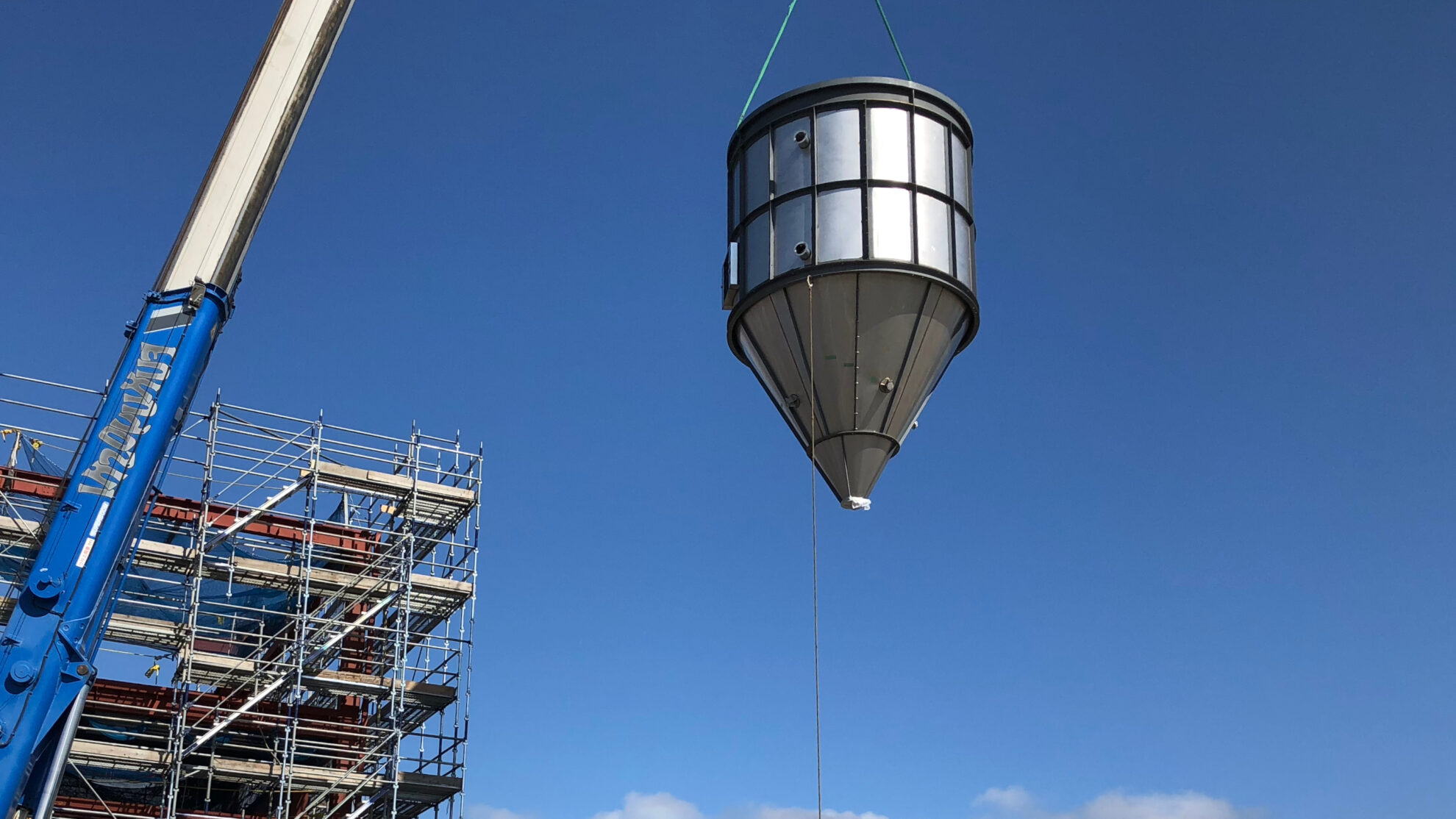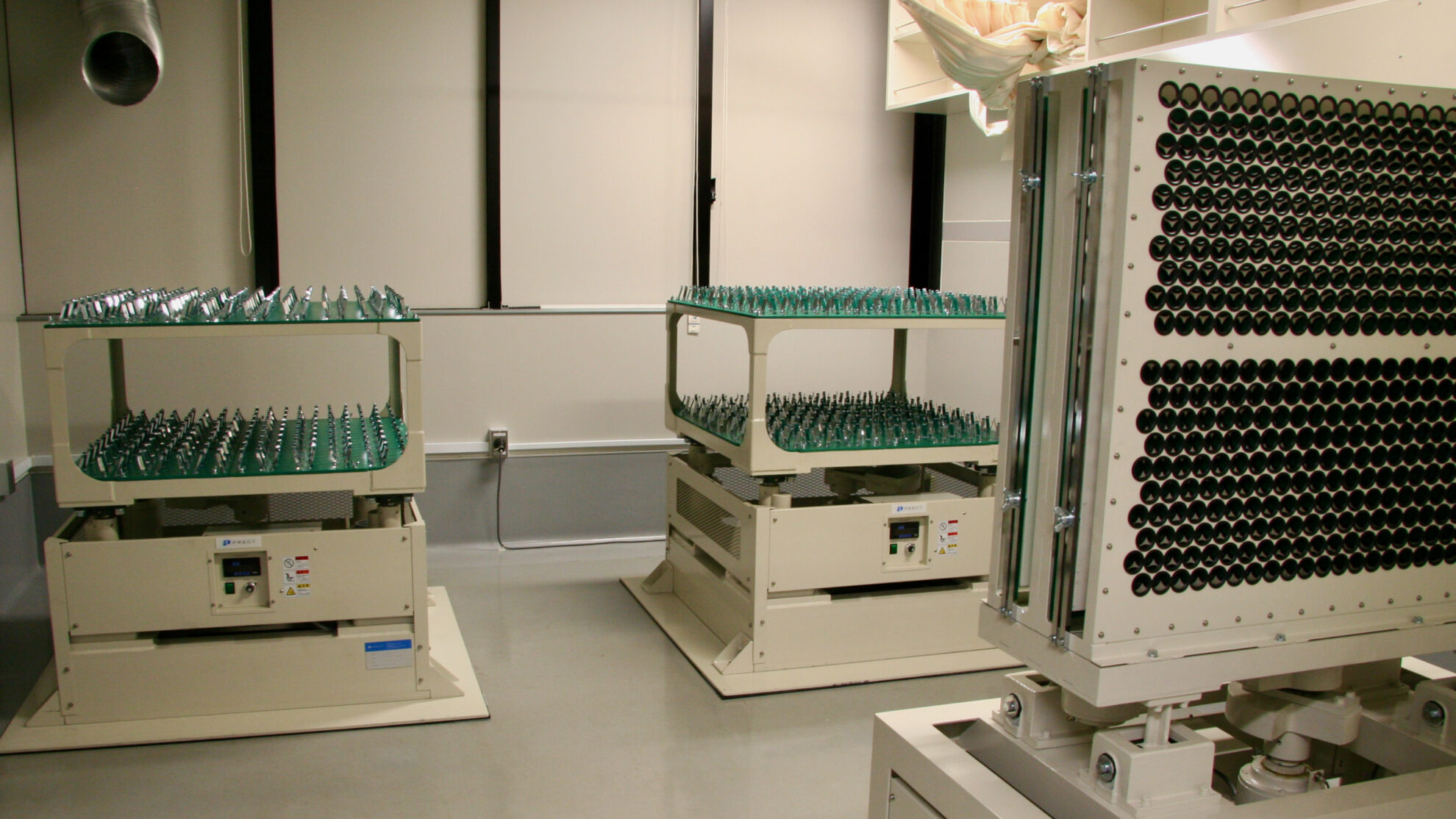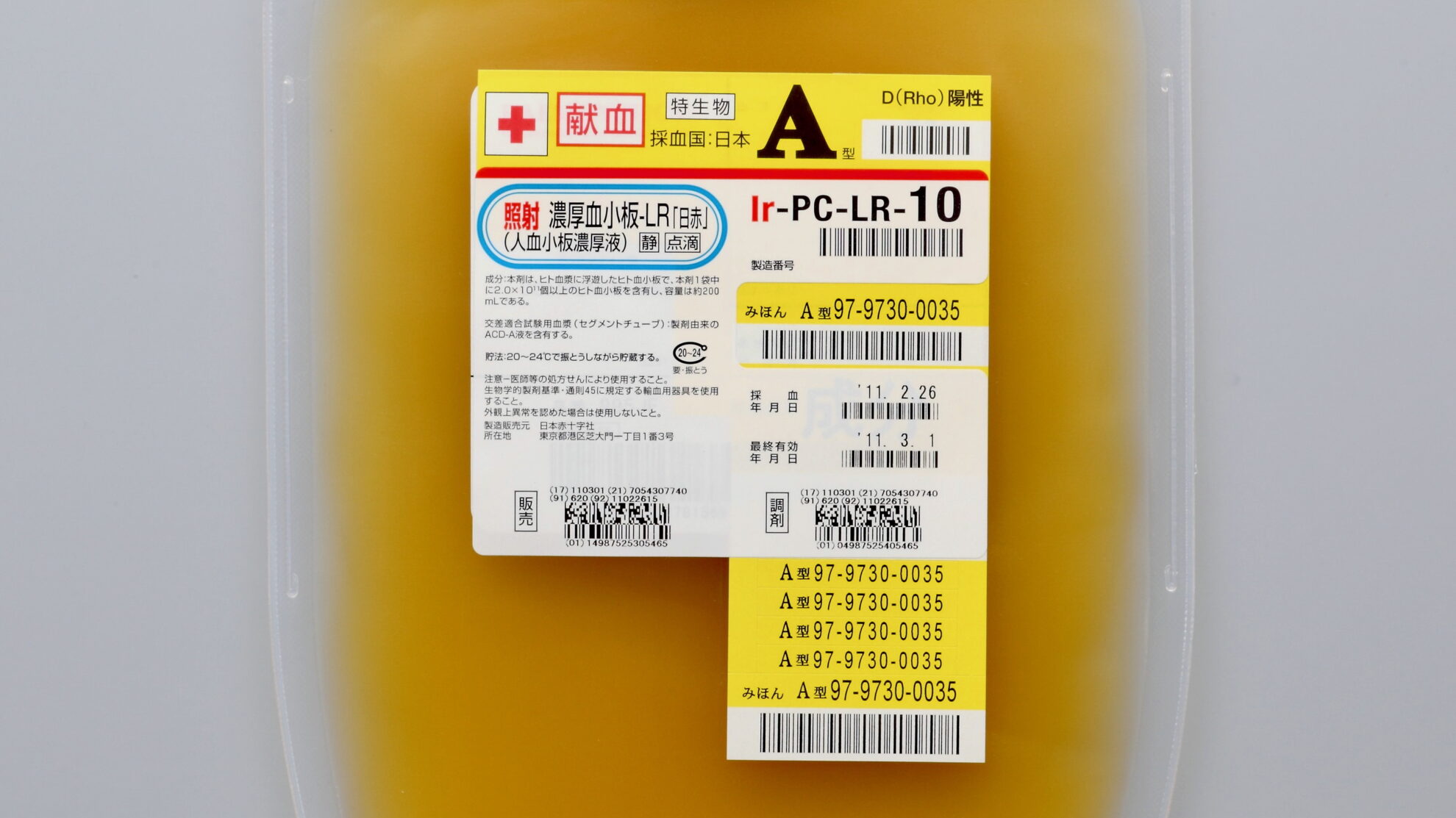High-pressure steam sterilization, also known as autoclave sterilization or moist heat sterilization, is a sterilization process that uses saturated steam at high temperature and pressure to kill microorganisms. It is used to sterilize instruments, chemicals, reagents, culture media, soil, etc. used in food, pharmaceuticals, biochemical research and development, and medical care. The autoclave sterilization process can treat heat-stable items. There are other sterilization methods including dry heat sterilization, ethylene oxide gas sterilization, and gas plasma sterilization. Autoclave sterilization is the most widely used sterilization process because it can sterilize in a short time and, because it uses water steam, there is no residual toxicity.
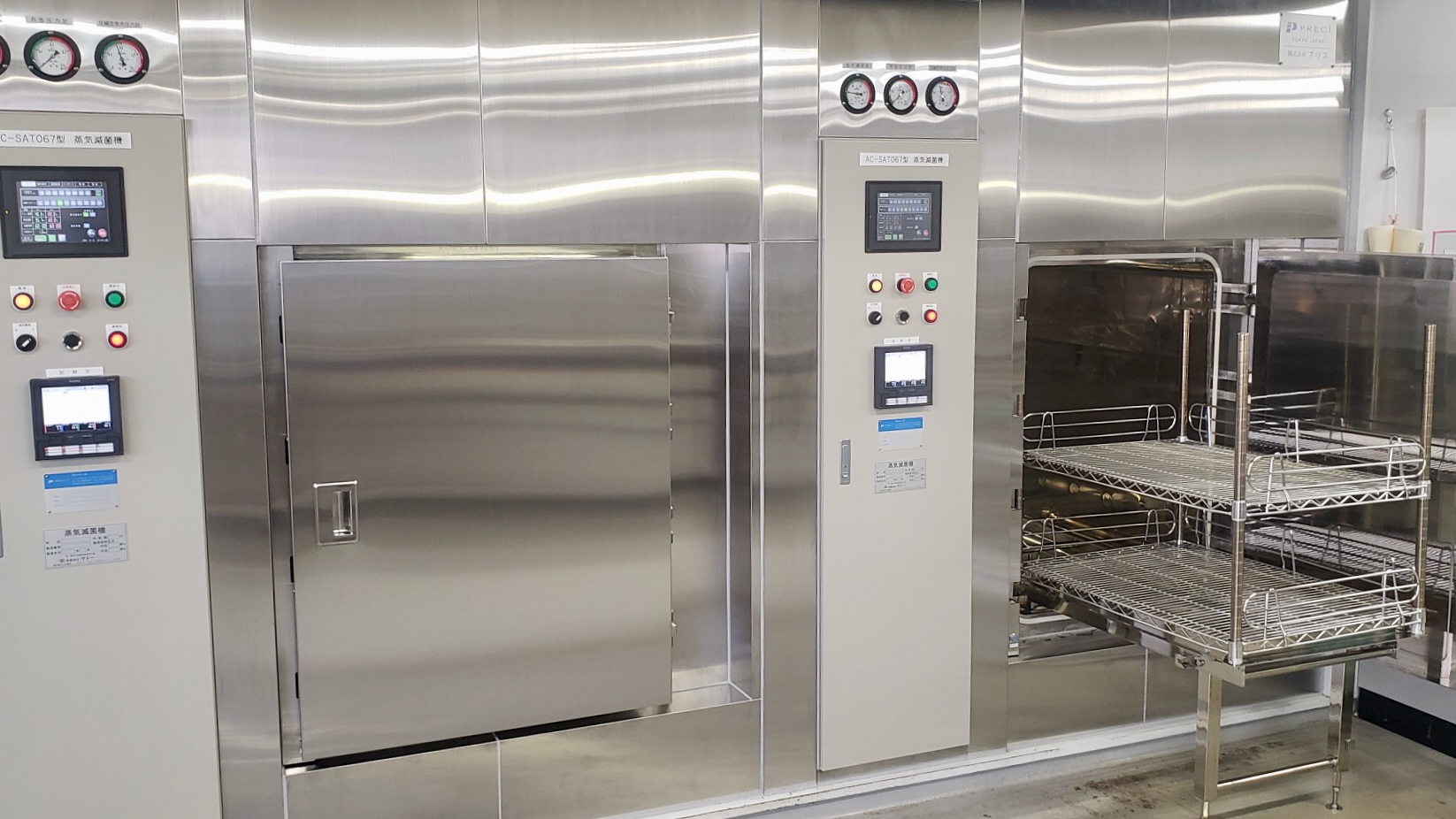
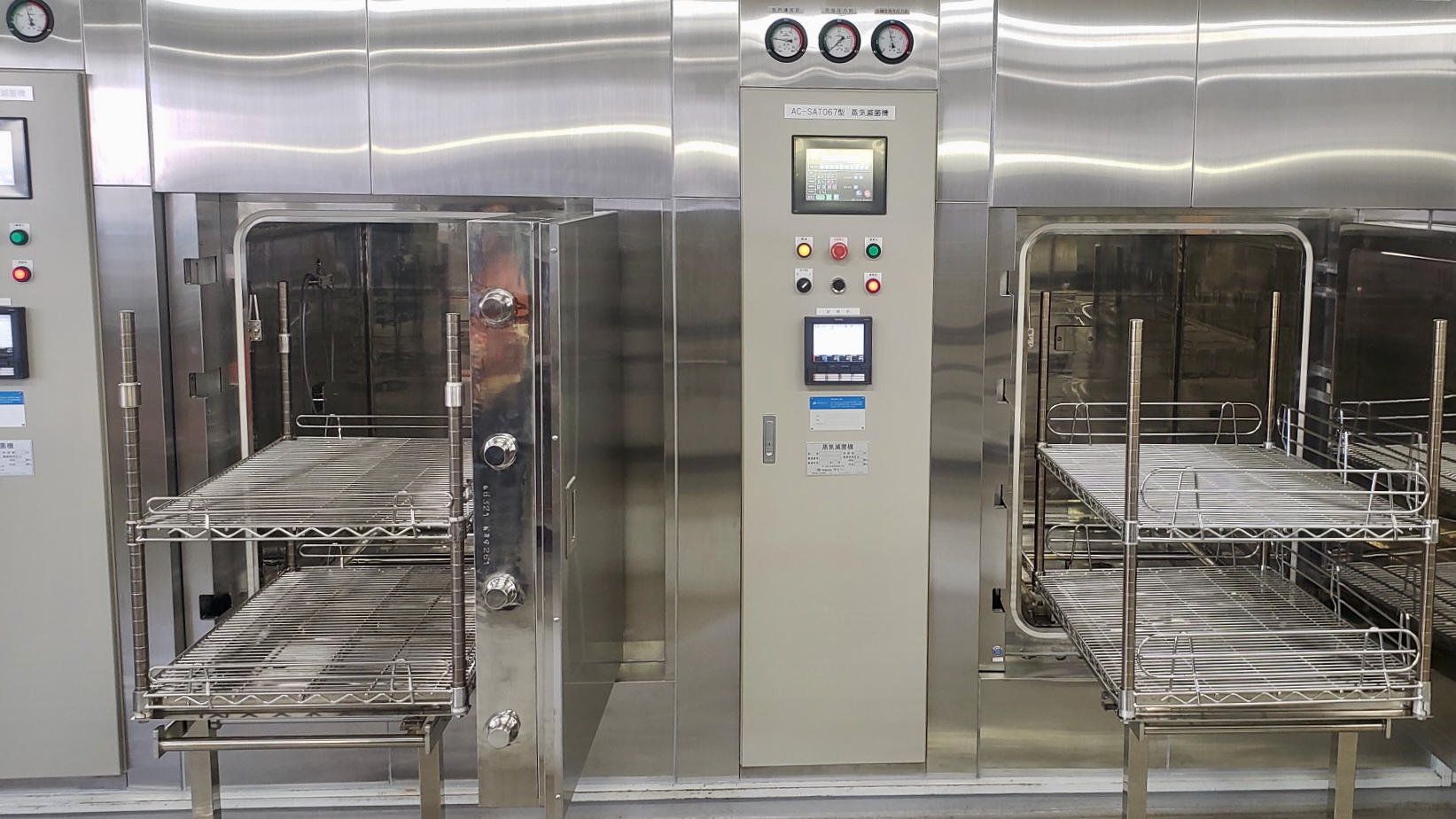
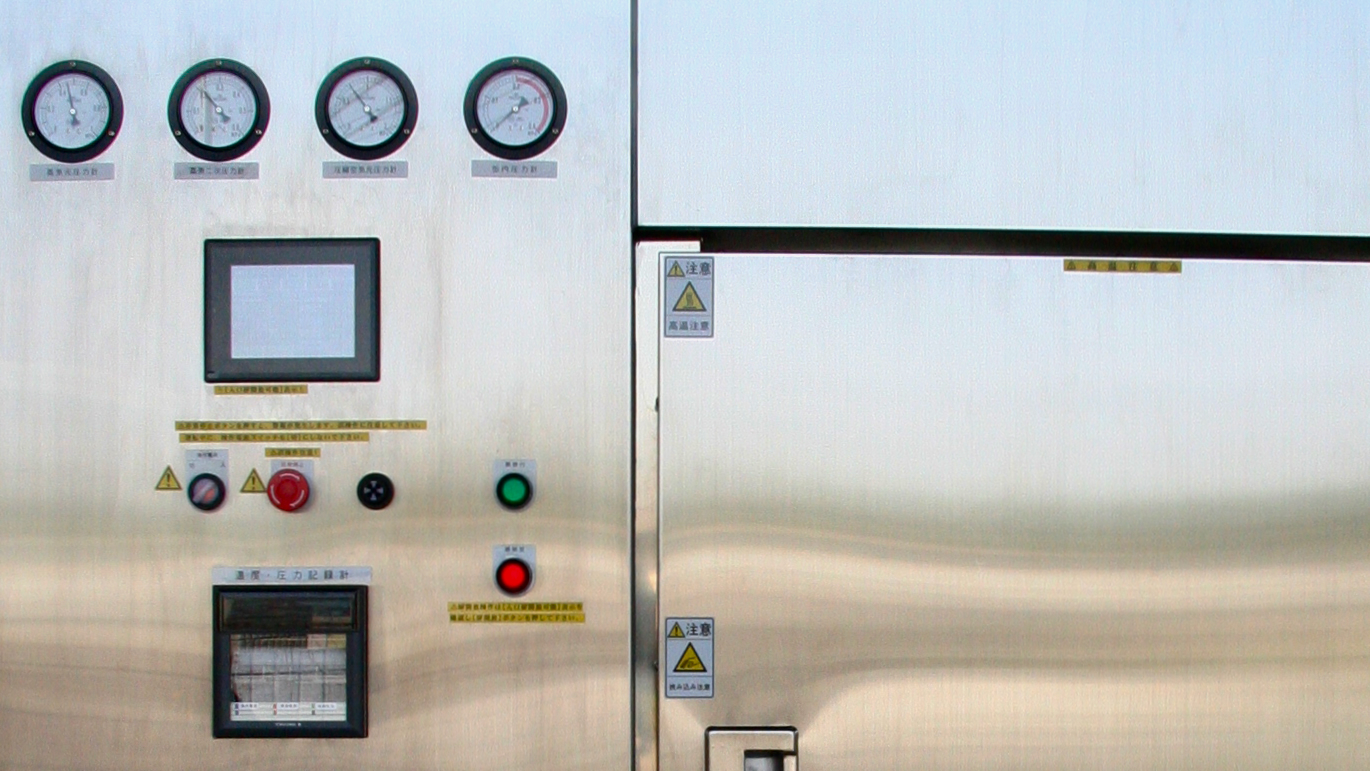
High-pressure steam sterilization is generally carried out in a system at a pressure of 2 atmospheres and a temperature of approximately 115 – 135°C. Sterilization conditions are set as parameters of temperature, humidity, pressure, and time. To achieve complete sterilization, sterilization conditions must be properly managed. The standards for high-pressure steam sterilization were previously specified in the 16th revised Japanese Pharmacopoeia as 30 minutes at 115 – 118°C, 15 minutes at 121 – 124°C, and 10 minutes at 126 – 129°C, but the current 17th revised Japanese Pharmacopoeia does not clearly state these standards. Sterilization conditions for high-pressure steam sterilization require adjustments, such as setting a longer time if processing at a lower temperature. The standard temperature is 121°C. This is because many research studies have been conducted using 250°F (121.1°C), the boiling point of water under 2 atmospheres, and it remains the standard temperature today. The F0 value is usually used to set temperature and time conditions. The F0 value indicates the microbial inactivation ability of the moist heat sterilization process, and is expressed as the time equivalent to 121.1°C for a microorganism with a z value of 10°C (the degree of temperature change that changes the D value by 10 times). The D value is the time required to reduce the viable cell count of the test microorganism to 1/10. The required time for sterilization at 121.1°C is determined by the F0 value. It is also important that the sterilization time begins when everything in the system, including the items to be sterilized, reaches the set temperature. There is a time lag before the items to be sterilized reach the set temperature in the system, so the set time must be determined taking this into account. The humidity level must be such that the process system is filled with saturated water vapor at 100% humidity, and air must be exhausted from the system. If air comes into contact with the item being sterilized, it cannot be called moist heat sterilization, and the required sterilization conditions will change. For this reason, the autoclave sterilization process controls the humidity level within the system by performing appropriate degassing.
When sterilizing instruments such as glass containers, care must be taken with the installation method. Because air is heavier than water, if air accumulates inside the container, even if the outside of the container is in a moist heat environment, the inside will not be able to escape, creating a dry heat environment, which may prevent proper sterilization. Furthermore, if the container is installed in a sealed state, the pressure inside the container may increase and cause it to break. It is important to prevent poor sterilization by installing the items to be sterilized properly.
High-pressure steam sterilization equipment is classified as a pressure vessel under the Industrial Safety and Health Act in Japan. Pressure vessels are classified into three categories: Class 1 pressure vessels, small pressure vessels, and simple vessels, depending on the PV value, which is the product of the maximum operating pressure and the internal volume of the vessel body. Class 1 pressure vessels are required to appoint an operations supervisor and undergo a performance inspection once a year. Small pressure vessels are required to undergo regular voluntary inspections at least once a year and to retain the inspection results for at least three years.
We offer high-pressure steam sterilization processes for a variety of applications, including instrument sterilization, culture medium sterilization, and soil sterilization. Our products are designed to comply with pressure vessel regulations (class 1 pressure vessels and small pressure vessels) and sanitary regulations in Japan, and the process is fully automated. Sterilization is performed fully automatically under custom-set sterilization conditions. A wide range of options are available for different purposes, with the heat source selectable from electricity, gas, and steam.


